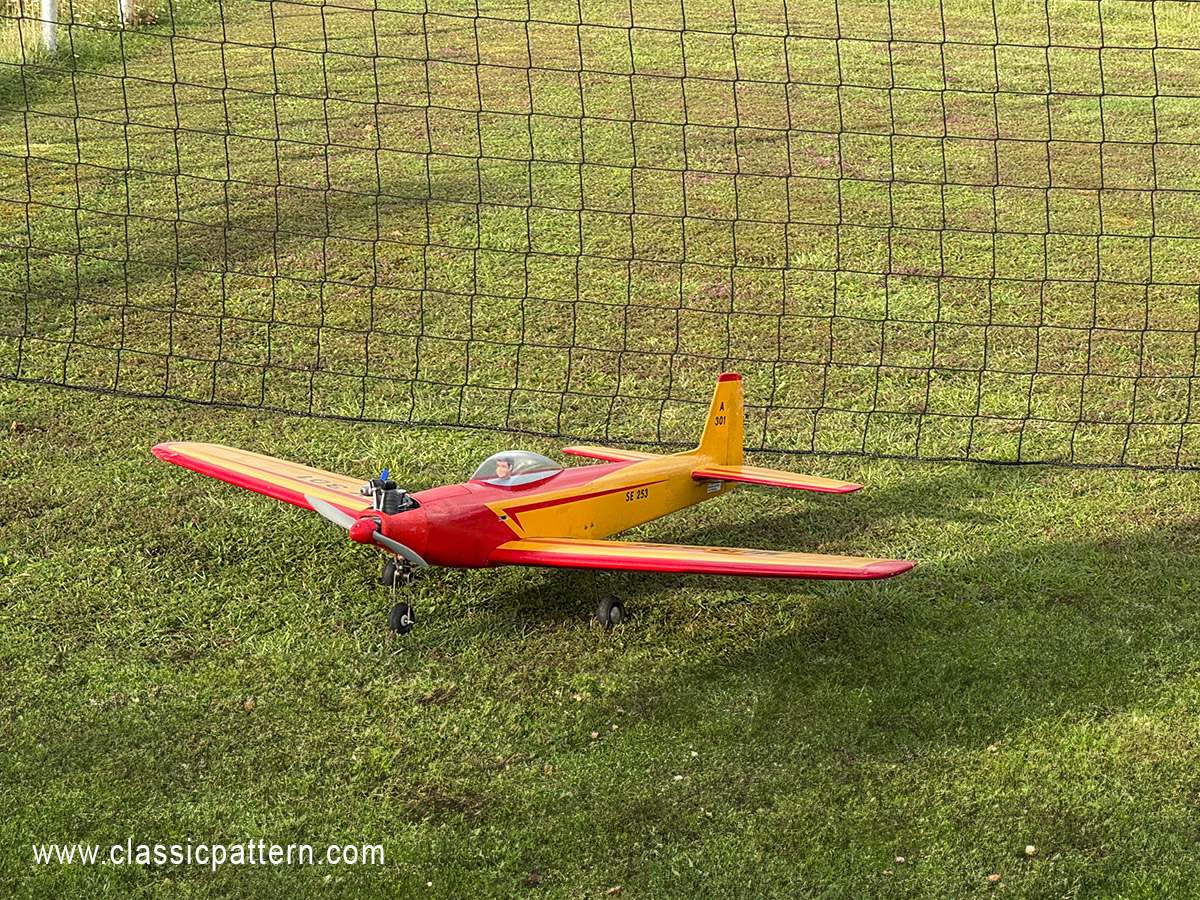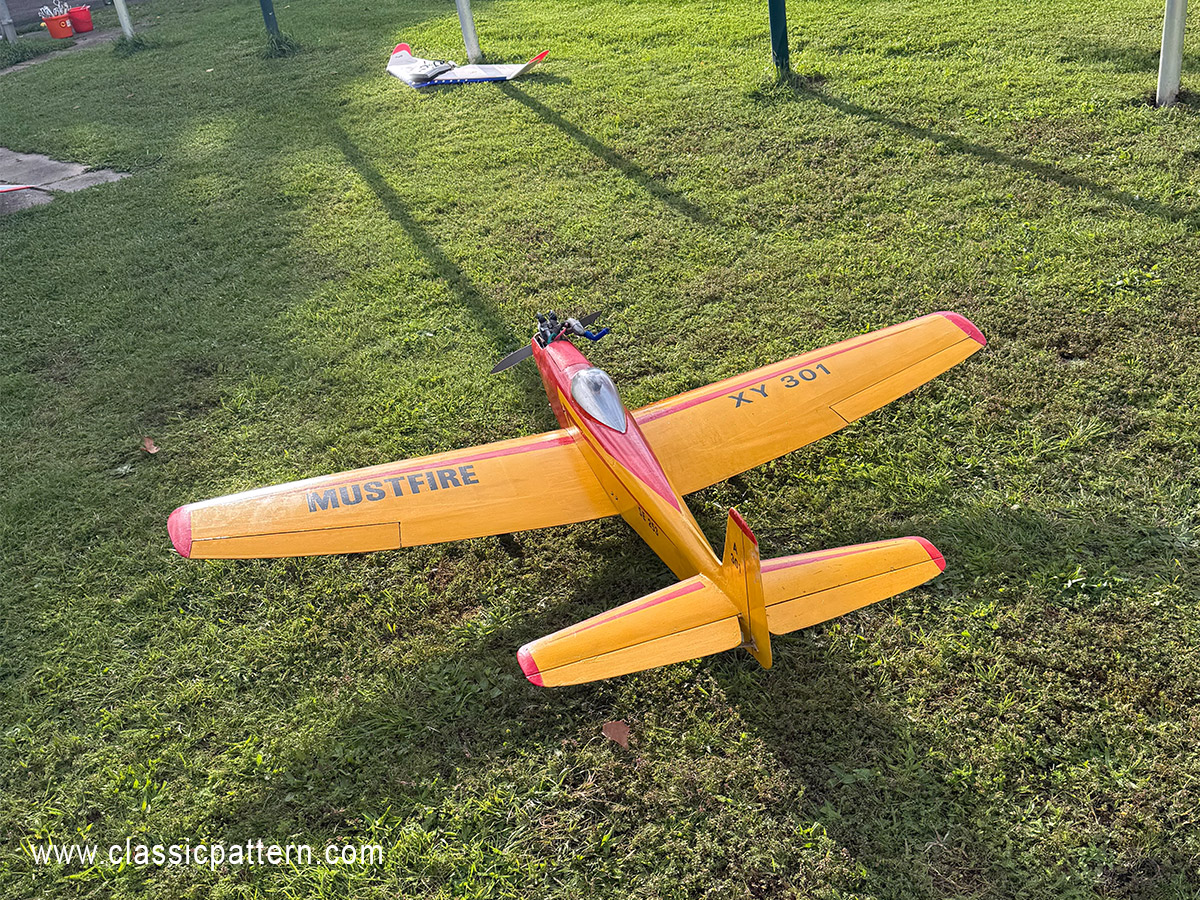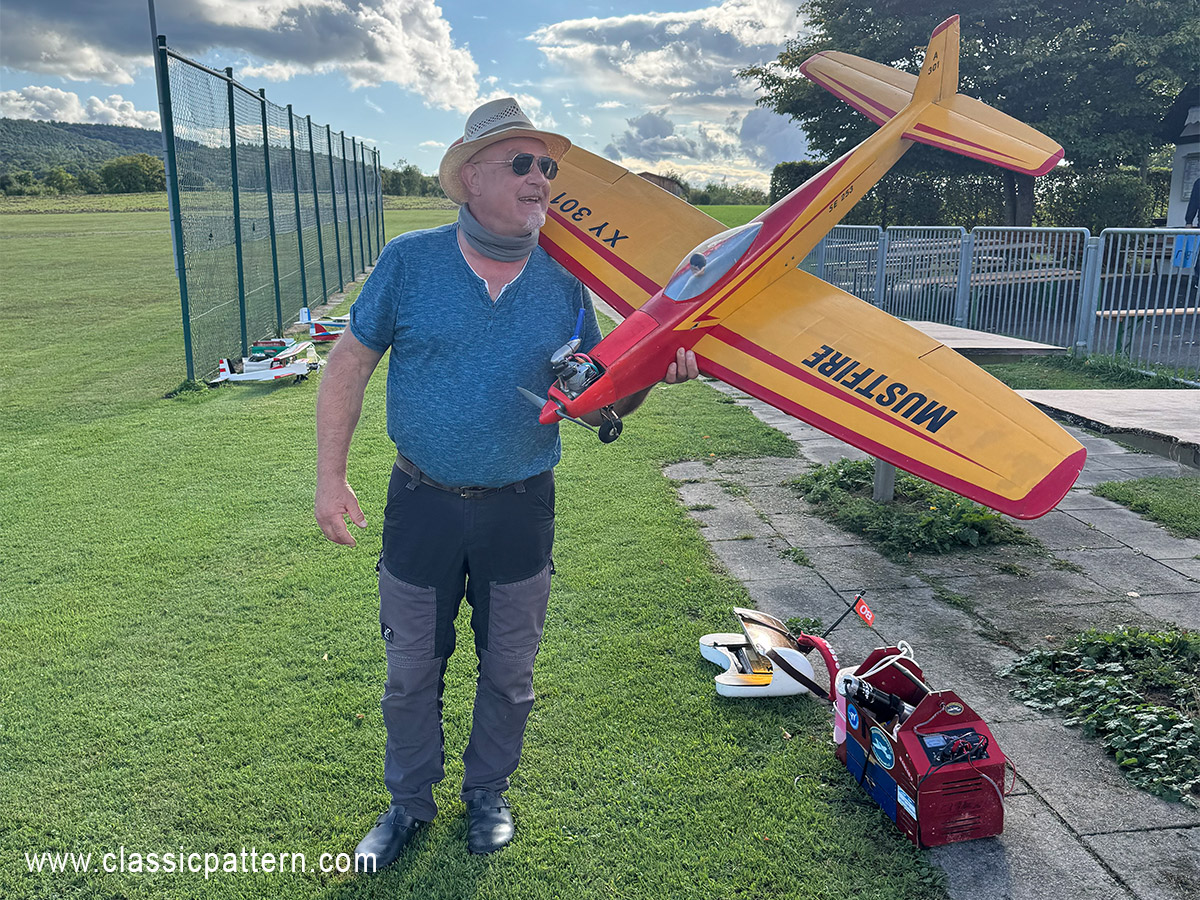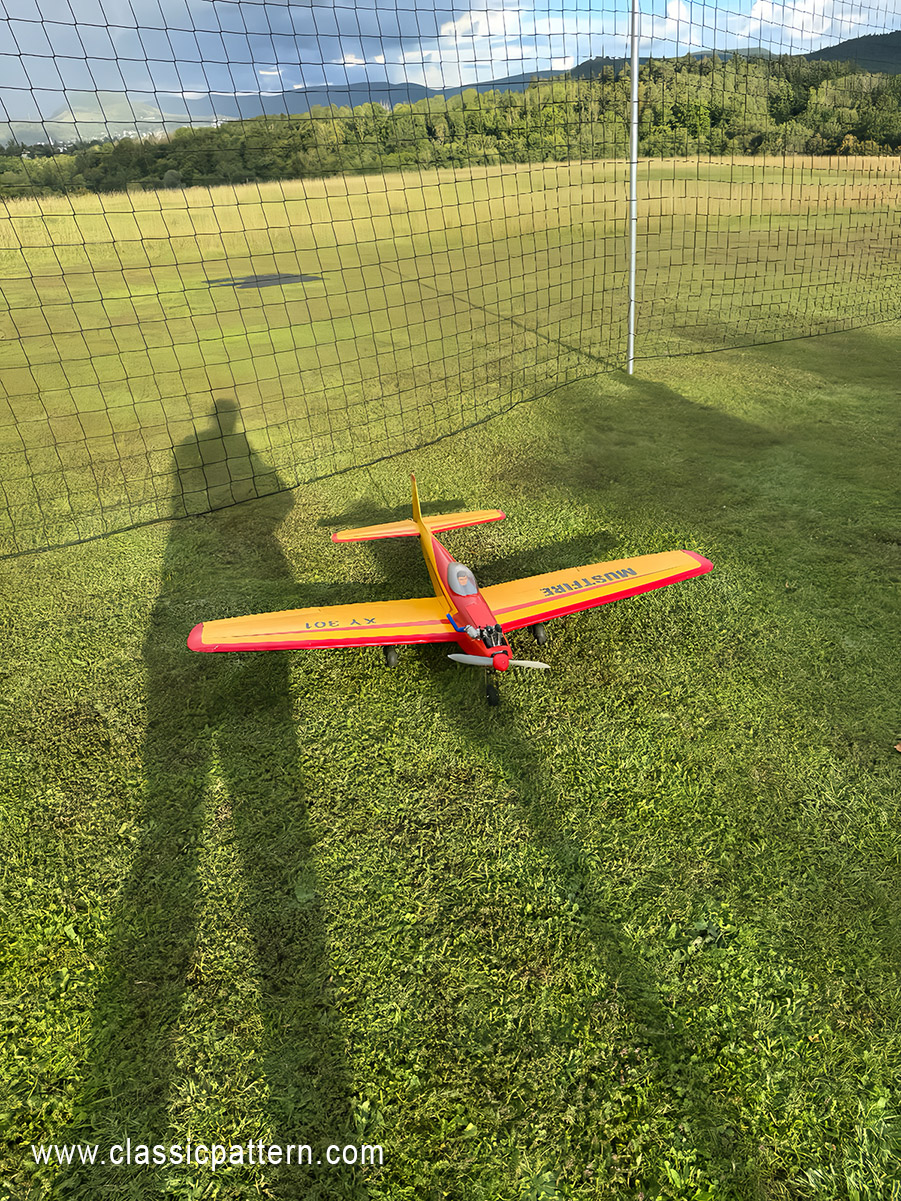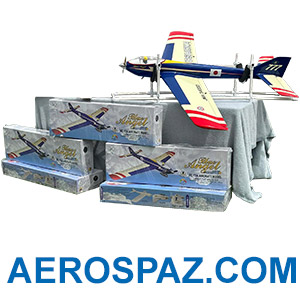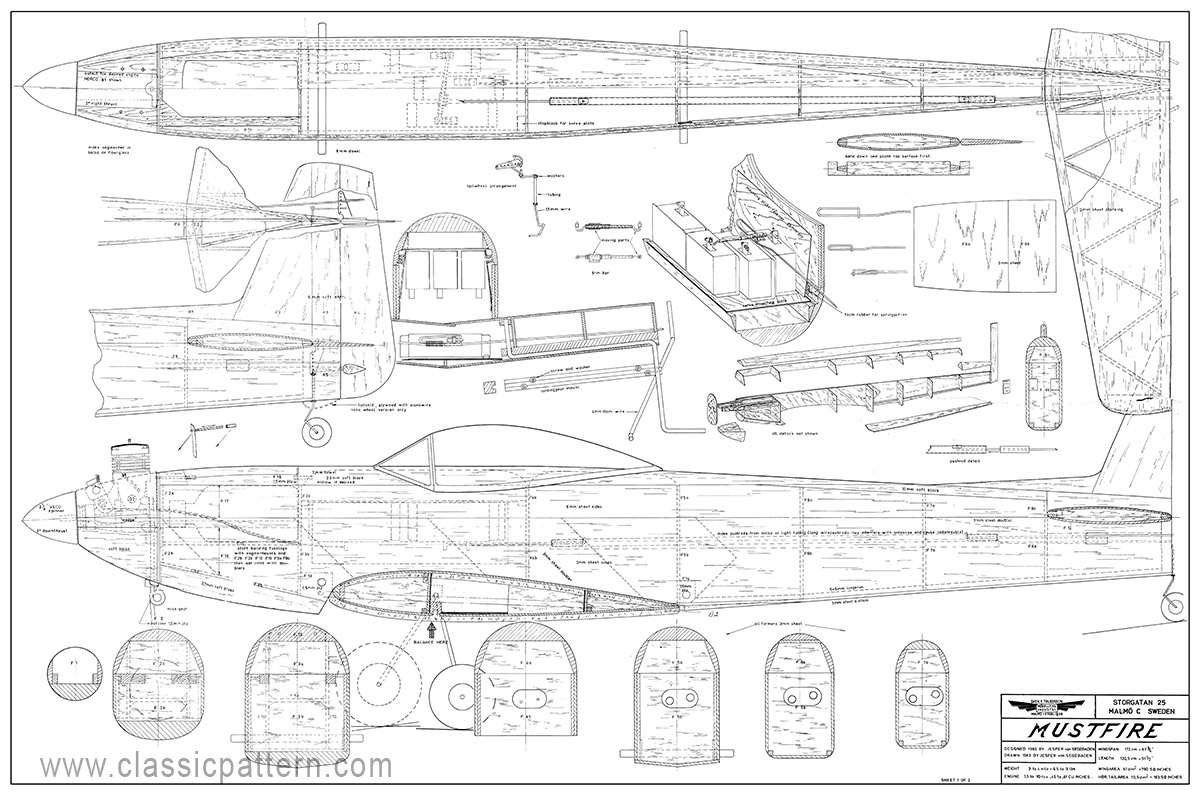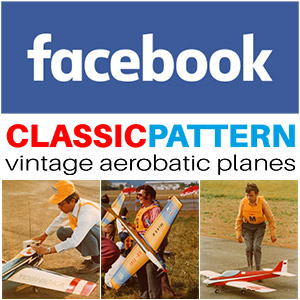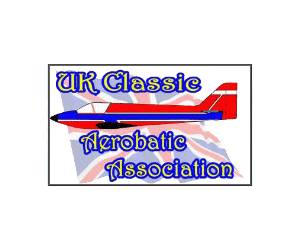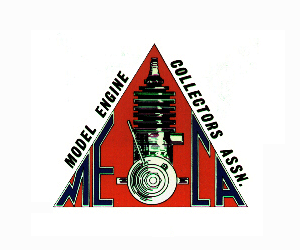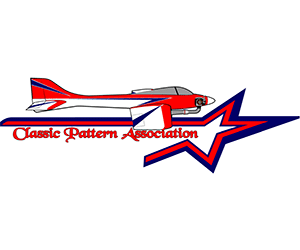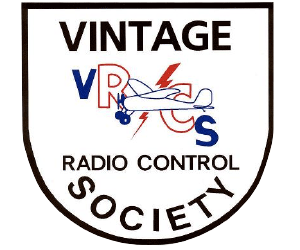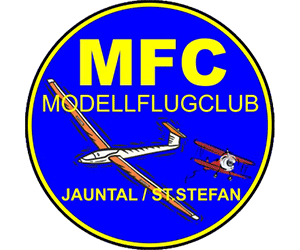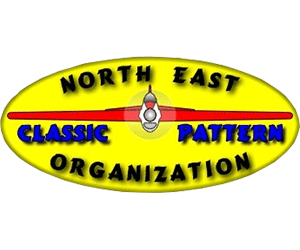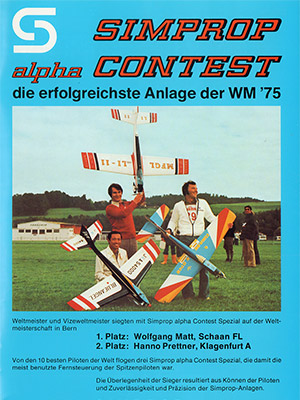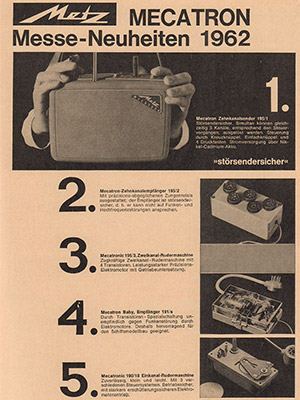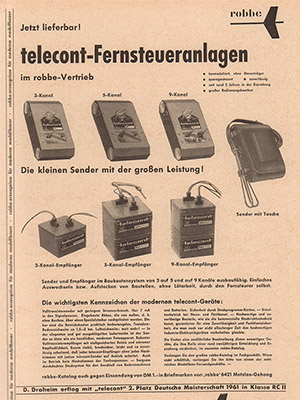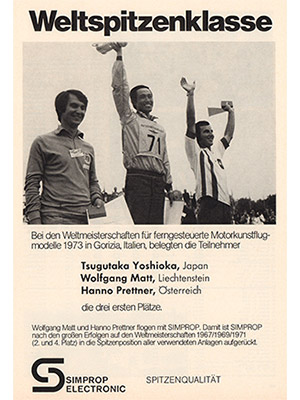Reutlingen, September 2025, Vintage Meeting at the FMSC Reutlingen airfield. As every year, the FMSC organises its vintage meeting. Many retro-interested model aircraft pilots, mainly from southern Germany, attend. What did I see there? – A Mustfire!
In 1967 the RCM magazine published a construction report of a Mustfire kit from the then manufacturer FROG which I would not like to withhold from you. Here is the report:
TO be honest, when we first saw Frog’s Mt for the Mustfire, our immediate mental reaction was to question the advisability of kitting a multi aerobatic design at least five years old.
The Mustfire is a Swedish design, the creation of Jesper von Segebaden, and has been highly successful in Sweden. lt has also been kitted in Germany. The first appearance of the design outside Sweden was at the 1962 World R/C Championships at R.A:F. Kenley, where the model was used by Swedish team member Per Eliason, to place 15th. We relieved von Segebaden of reduced scale drawings which appeared in Aero Modeller December 1962 edition. Eliason also used the same Mustfire at the 1963 World Championships at Genk, Belgium where he managed to break the fuselage in two, when the model hit an officials’ tent during a landing approach.
The Mustfire spans 67inch, and has a generous wing area of 790 sq. in. Wing section is a semi symmetrical 12 per cent thick airfoil. The shape and size of the machine, with its large wing, bulky fuselage. inset ailerons and provision for tailwheel type undercarriage, tend to identify this machine with the daddy of ’em all, the good old Astro Hog and it was this similarity that let us to our initial reaction to this kitting project. Subsequent experience has p:oven just how wrong you can be.
The kit contains a vast number of die cut components, all crisply cut in the sample received. Fuselage sides are cut in one piece, and the full depth wing spars are cut and notched ready for use. The builder is offered the choice of tricycle or tailwheel type undercarriage, steerable nose leg and main undercarriage being provided, together
With other hardware including nylon control horns, aileron bell cranks, and a fine molded cockpit canopy.
The wing structure consists of a main spar, a rear spar, and a false aileron spar, each being full depth types.
The wing assembles not on the building board, but free in your hands, using the board only as a reference for alignment as the ribs and spars are interlocked without balsa cement.
Only when the wing panels are completely assembled with + in. sq. spar caps top and bottom, are joints cemented.
In order to alleviate what was expected to be a weight problem, two of the 3/16 in. fuselage side pieces were remade in -334 in. sheet. This, as it happened, was completely unnecessary, since the bare airframe, covered in nylon, and clear doped, weighed only a little over 3 lbs. For a mode’ of such size, this is good.
Camouflage finished in Humbrol Enamel (sprayed on). and complete. ready to go with Merco 61 motor and Kraft KP-6R radio installed, the all up weight is exactly 6 lbs. This has been a considerable surprise after an initial expectation of something over 7 lbs.
Testing over grass presented no problem at all with the tailwheel undercarriage configuration, and from the first take-off, there was not even the slightest hint of a nose over tendency provided that a little up elevator is held to keep the tail down—just right if you have proportional control. The big wing helps the machine to get up stairs quickly and imparts very gentle landing characteristics.
For instance, on the first flight an incorrect fuel setting caused the engine to stop prematurely for a dead stick landing in a confined space. Inaccurate line up on the glide path necessitated another quick circuit at low altitude as the Speed was falling off. Many models would have dropped a wing dangerously as a result of this treatment, but the Mustfire handled it with ease.
Subsequent flights were all pleasure. This is certainly no difficult aeroplane to fly and looks the Part in the air (if only we could tuck up the undercarriage). Landings are a real pleasure, nose high, tail down, rounding out to a smooth touch-down with no nose over problem at all.
Certainly we look forward to many more enjoyable flights with the Frog Mustfire which is as we said a real gentleman flier—provided of course you keep the weight down, and it has helped us to discover a new the pleasure to be had from the tailwheel type undercarriage configuration.


